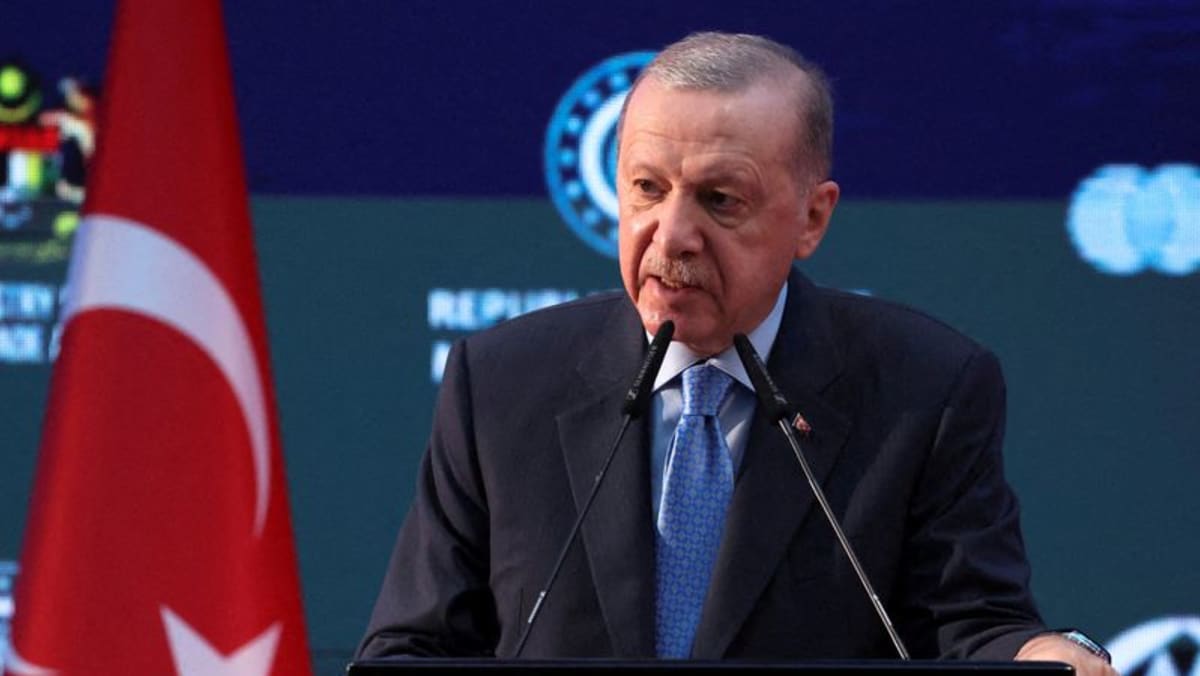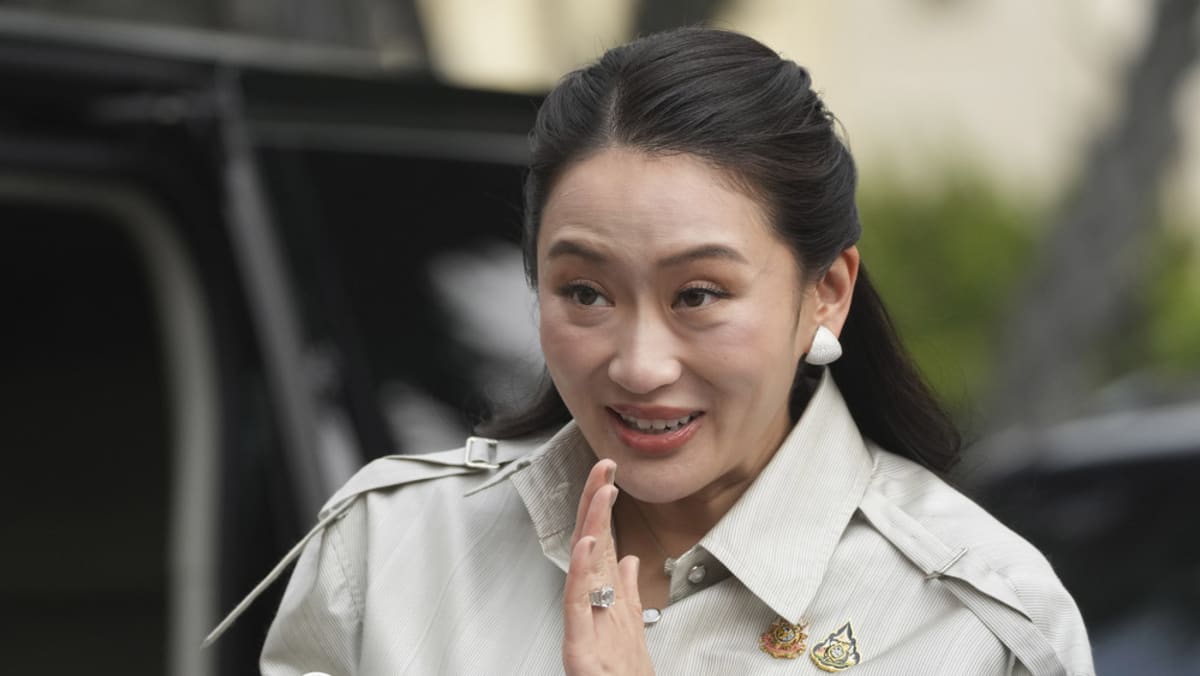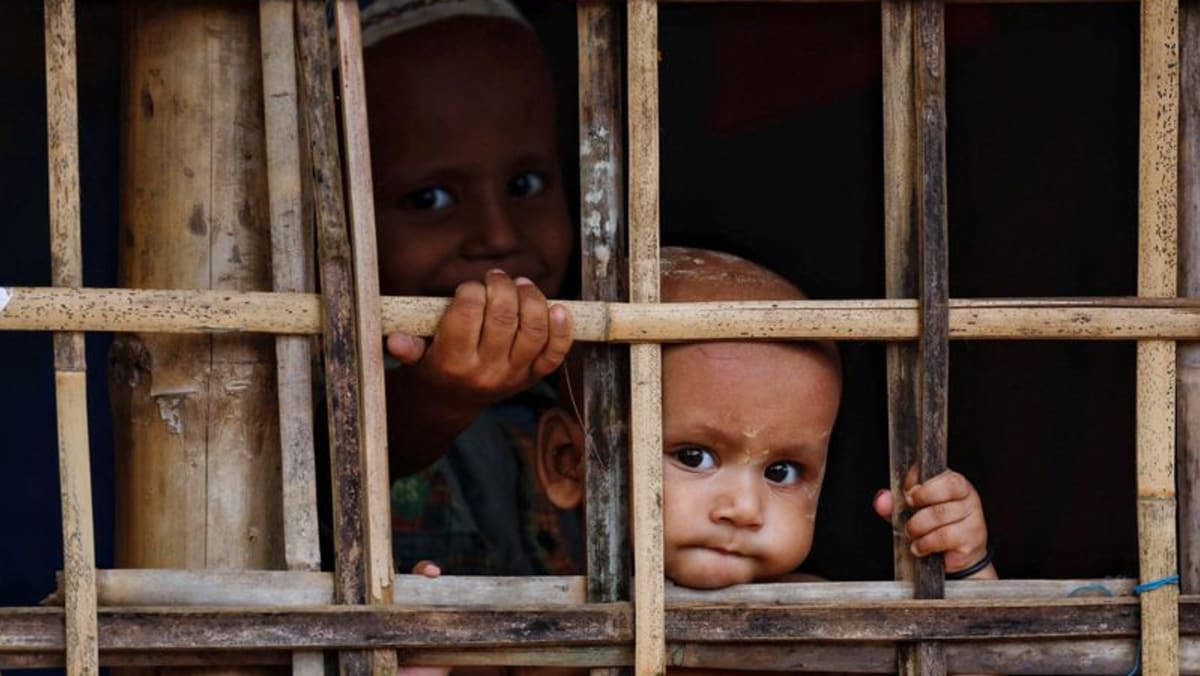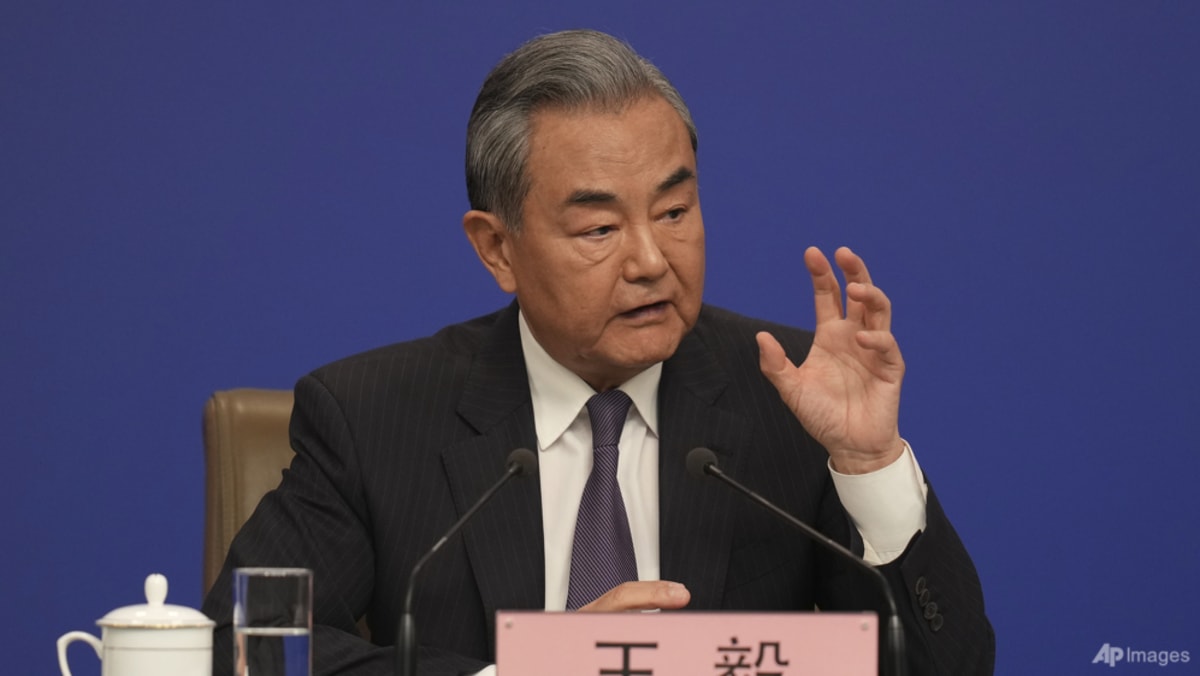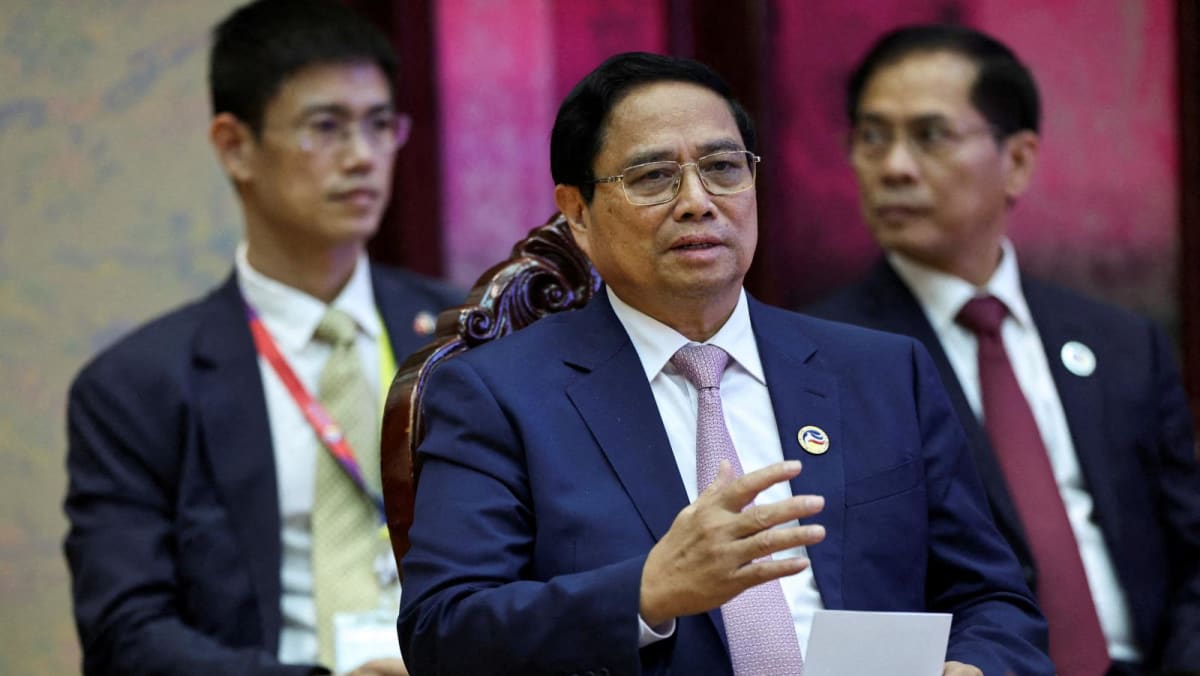‘Matter of national pride’: Analysts say nationalism, not population concerns, behind China ending foreign adoptions
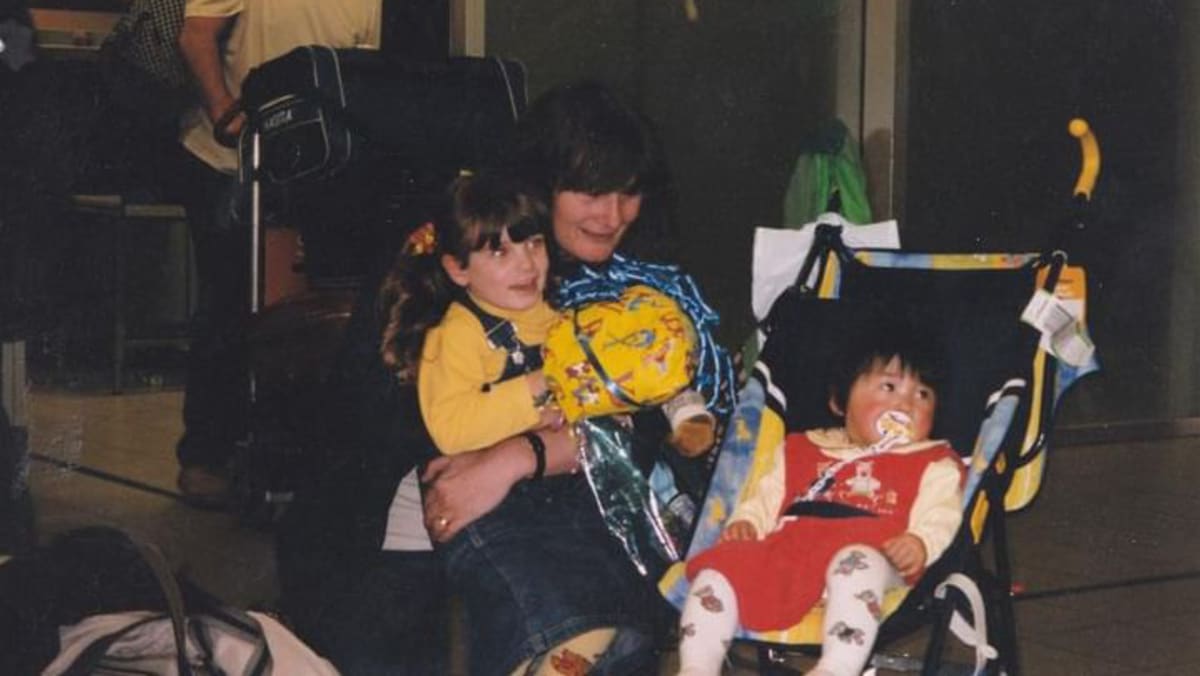
Meanwhile, Ms Sun from the Stimson Center pointed out that foreign adoptions have historically incentivised criminal activities like human trafficking.
Concerns over child trafficking in China caught attention internationally in 2006 when The Washington Post reported on a trafficking ring in Hunan, where children were bought for US$400 to US$538 from Guangdong province and sold to orphanages in Hunan.
Still, kidnapping-related trafficking has decreased significantly, Dr Huang from the Council on Foreign Relations noted.
“Most trafficked children are sold by their parents, and the majority are bought by families, not welfare institutions,” he added.
The editorial by the Global Times weighing in on the policy shift also emphasised the Chinese government’s commitment to child protection.
“Any policy adjustments regarding child rights are made with the utmost consideration of children’s best interests … and will help protect orphans’ legal rights under new circumstances,” the editorial stated.
The article also pointed out that as living standards and the social security system improve, more Chinese citizens are willing to adopt domestically, making it logical for the government to adjust cross-border adoption policies.
However, based on statistics released by the Ministry of Civil Affairs, there has been a downward trend in domestic adoption registrations. The count was 15,143 in 2018, 34 per cent of the 44,260 logged in 2009.
Mr Wang Jinhua, director of the social affairs department at the ministry, attributed the decline to rapid economic development and the adjustment of the two-child policy, which has led to fewer cases of child abandonment.
The enduring legacy of the decades-long one-child policy also remains a factor in reducing the number of unsupported children in China, analysts say.
Lasting from 1980 to 2016, the nationwide population planning initiative in China limited most families to one child each. Reports indicate many baby girls were abandoned during that time due to parents placing greater value on boys.
The result – a gender imbalance. In 2022, there were 32.3 million more men than women in China, according to official data.
Official statistics show that the gender ratio at birth in 2022 was 111.1, so about 111 boys were born for every 100 girls, against a global average of 101. This is an improvement from 118 in 2013.
“As long as sons are favoured over daughters, abandoned girls will continue to face an uncertain future,” said Ms Yun.
“How the Chinese government deals with these abandoned girls will remain a question”.
Source: CNA



